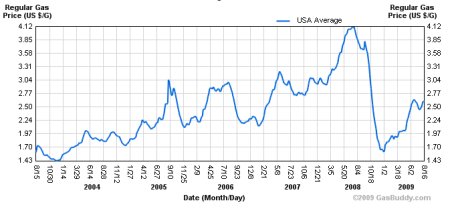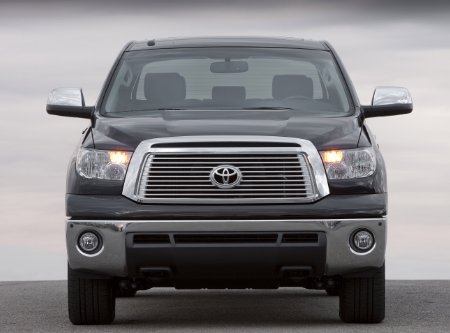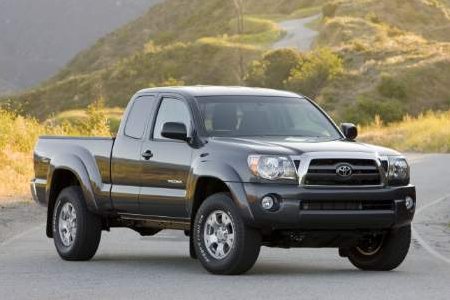
 Author Archive for Jason Lancaster
Author Archive for Jason Lancaster
Jason Lancaster is the editor and founder of TundraHeadquarters.com. He has nearly a decade of experience on the retail side of the auto industry, and another decade of experience of the part and accessory side of the industry.
5 Cheap Performance Tips For Your Truck
Do you enjoy tweaking your truck to squeeze out every little bit of power? Who doesn’t. When Henry Ford built the first Model T with a pickup bed in 1925, somewhere someone was trying to figure out a way to make it a little faster.
Of course for truck owners, it’s not really about speed…it’s about power. Power to tow, haul, pass on the freeway, head up to the mountains, or show that snob in the Range Rover who thinks his wittle SUV is fast who really has the big motor.

Cheap truck performance tips – 5 ways to go faster for less than $50
The most common truck performance accessories are air intakes and exhaust systems. However, if you’re short on cash, or if you don’t feel like spending half your truck payment (or more) on an aFe air intake, here are some ideas for making your truck more powerful without spending more than $50.
Gas Prices and Truck Sales – Not As Related As We Think
Auto analysts LOVE to declare that high gas prices will ultimately kill pickup truck sales. At first glance, this reasoning makes some sense – if gas is $5 per gallon and a Tundra has a 26 gallon fuel tank, every fill-up will cost $130. If you just felt a little pain in your gut at that number, you’re not alone. When gas prices approached $5 per gallon this time last year, truck sales fell precipitously.
However, was this a knee-jerk reaction or an indicator of a shift in consumer demand?

Average price per gallon of a gallon of gas from 2003 to 2009
First, let’s consider this question historically.
5 Reasons Toyota Could Stop Building The Tundra
Toyota’s decision to move Tacoma production to San Antonio is most likely good news for the future of the Tundra. Still, the case can be made that this move signals danger. Tundra sales are down and Toyota executives have been less than positive about the vehicle. Moving production of the Tacoma to Texas could be a sign that the Tundra is on the way out.

The case for dropping the Toyota Tundra
To be clear, we believe the Tundra is here to stay. Still, there are quite a few reasons for Toyota to walk away from the Tundra completely:
Tacoma Moving To San Antonio
The Wall Street Journal and the Contra Costa Times are both reporting that NUMMI will close in March 2010, at which time Toyota will move production of the Corolla to Canada and the production of the Tacoma to San Antonio.

The Toyota Tacoma is moving to San Antonio
Our best to employees at NUMMI – this makes our earlier declaration that Toyota is closing NUMMI official.
So, now that Toyota has made the decision, what does this mean for the Tundra? Here’s the skinny:
Toyota Tundra in High Demand
Two months ago we posted an article about Toyota’s plan to manage the inventory of the Tundra very closely. The theory is that Toyota wants dealers to have barely enough Tundras to get by.

Do Toyota dealers have enough Tundras?
The trouble with “barely enough” is that it means different things to different people. For some, finding out that their local Toyota dealer has just 5 Tundras is disappointing. They want to buy a specific Tundra, and they want to buy it now.
The good news: despite the risks, Toyota’s strategy seems to be working – JD Power says that the Tundra is hot right now – check it out. Here’s why:

